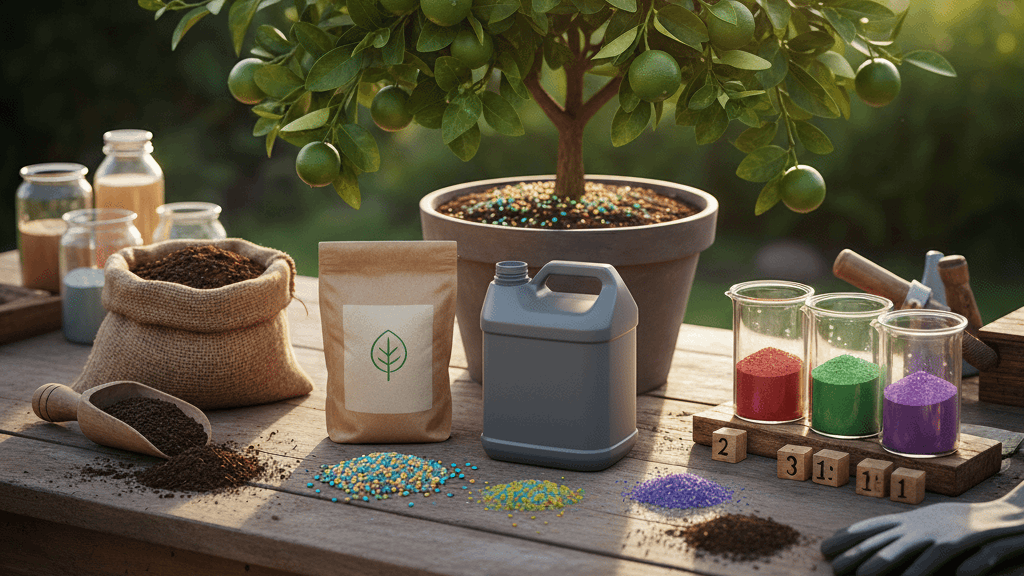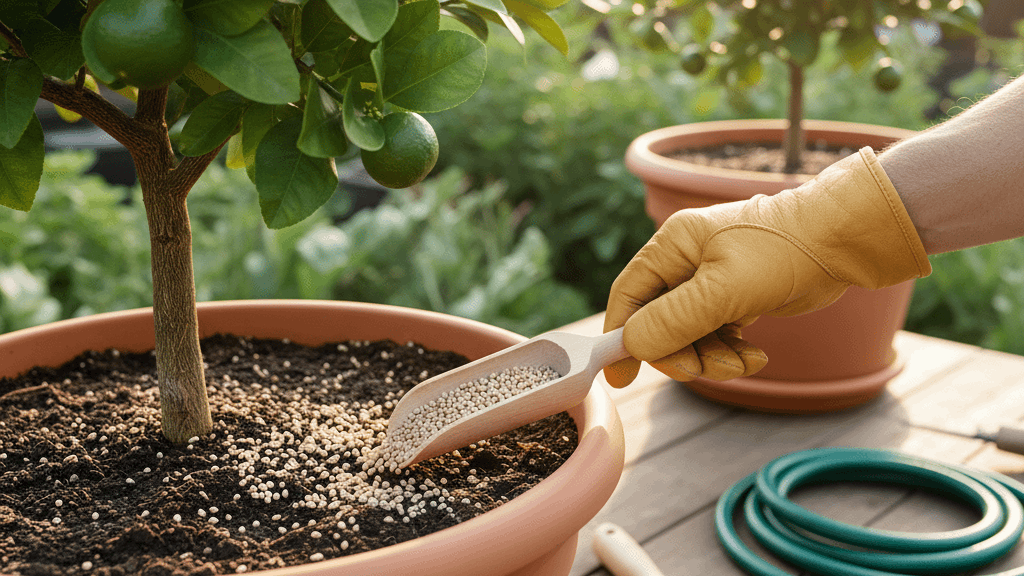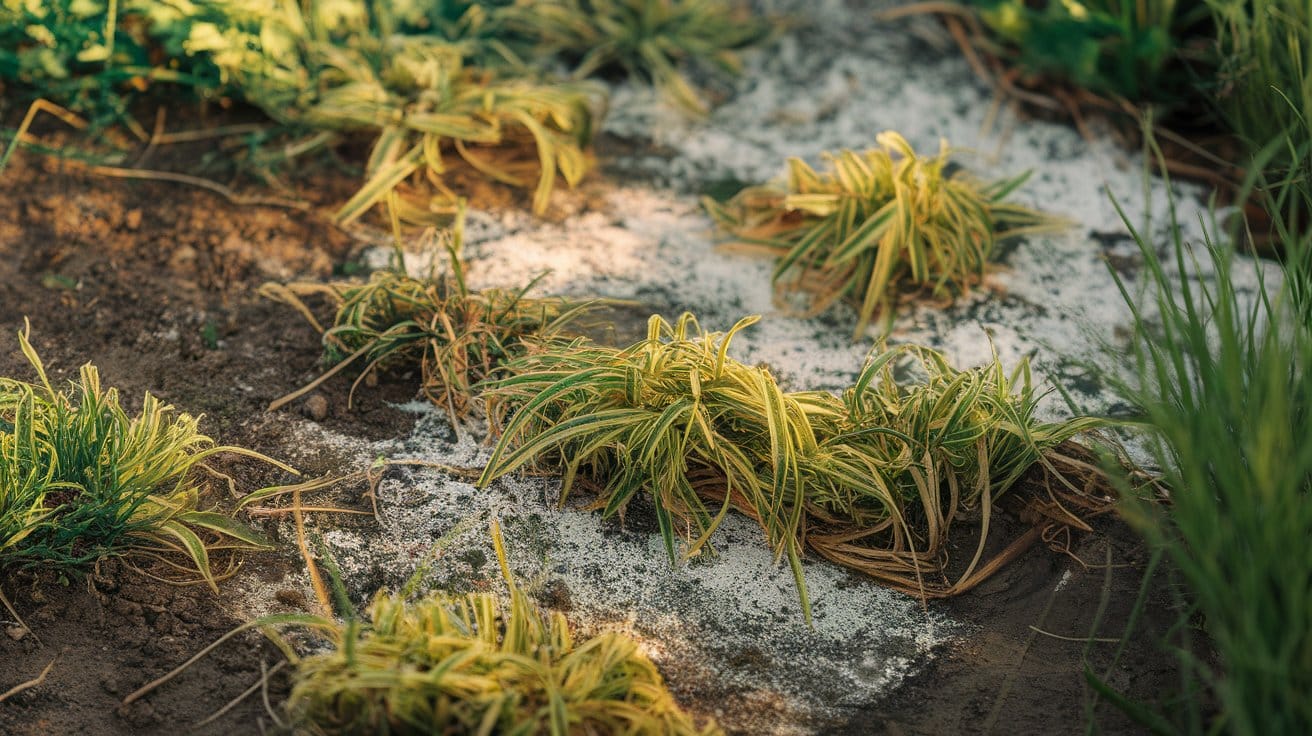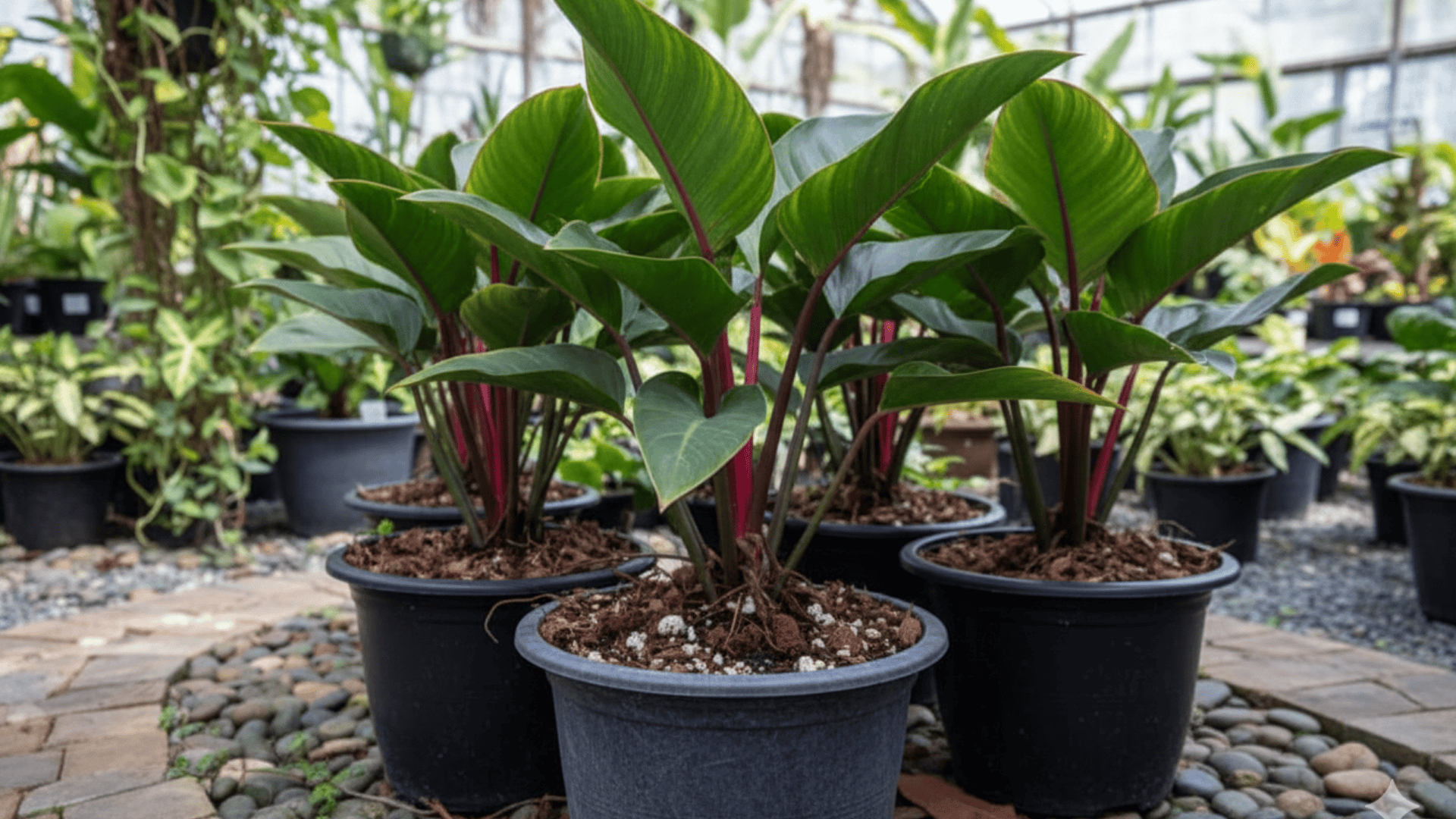A healthy lime tree always stands out with its glossy green leaves and lively fruit that fills the air with freshness.
Behind that beauty lies steady care, and the right lime tree fertilizer makes all the difference in keeping it thriving.
I’ve found that with a little consistency, lime trees respond remarkably well to proper feeding and attention.
Fertilizing them is not complicated; it’s about timing, balance, and understanding what to add to a lime tree for lasting growth.
In this blog, I will share how simple care habits can nurture strong trees and abundant harvests year after year.
Why Fertilizer Matters For Lime Trees?
Lime trees depend on steady nourishment to grow strong and produce juicy, flavorful fruit that lasts through the season.
Over time, soil loses vital nutrients, making regular fertilization essential for balanced growth and long-term productivity.
A well-formulated lime tree fertilizer provides nitrogen for lush green leaves, phosphorus for sturdy root systems, and potassium for continuous flowering and fruiting.
It also restores micronutrients such as zinc, iron, and magnesium that improve leaf color and prevent yellowing.
Without sufficient feeding, lime trees can weaken, shed leaves, and yield smaller fruit.
Consistent fertilization enriches the soil, strengthens natural resistance to pests, enhances flavor, and promotes steady harvests year after year.
What Is The Best Fertilizer For Lime Trees?

The best lime tree fertilizer depends on your soil, growing conditions, and the tree’s age.
I’ve tested many options and found that certain fertilizers deliver better results for citrus growth.
1. Balanced Vs Citrus-Specific Fertilizers
Balanced fertilizers offer general nutrition suitable for most garden trees, while citrus-specific ones meet lime trees’ higher nutrient needs.
These specialized blends contain additional micronutrients like manganese and zinc, which prevent leaf yellowing and fruit drop.
Balanced options are convenient, but citrus formulations ensure stronger fruiting and greener leaves over time.
The choice depends on soil quality and the level of care you provide, both of which yield good results when applied correctly and consistently.
2. Organic Vs Synthetic Options
Organic fertilizers improve soil structure and encourage microorganisms that help roots absorb nutrients naturally.
They release energy slowly, enhancing long-term soil quality.
Synthetic fertilizers, on the other hand, work quickly, delivering nutrients directly to roots.
Overuse of synthetic options may lead to salt buildup, so alternating between both ensures lasting balance.
Many gardeners prefer pairing compost with a citrus fertilizer, maintaining organic health while keeping growth steady throughout the lime tree’s seasonal cycles.
3. NPK Fertilizer Ratio
Lime trees thrive on fertilizers containing a 2:1:1 or 3:1:1 nutrient ratio.
Nitrogen supports lush foliage, phosphorus strengthens root development, and potassium encourages full, flavorful fruit.
Consistent application of this balance maintains growth while preventing nutrient deficiencies.
The right NPK mix ensures even distribution of energy to the entire tree.
Adjusting according to soil condition, age, and growth phase guarantees effective results, keeping lime trees strong, productive, and consistently vibrant year-round.
What Time Of Year Should You Fertilize Lime Trees?
Timing plays a major role in how well lime trees grow and produce fruit.
Feeding them during active growth ensures the nutrients are absorbed efficiently and support steady development.
Here’s a quick reference table to plan feedings:
| Tree Type or Season | When To Fertilize | Purpose or Benefit |
|---|---|---|
| Early Spring | February to March | Supports new leaves and root growth |
| Midsummer | June to July | Maintains fruit formation and foliage strength |
| Late Summer | August to September | Builds reserves for the next growing season |
| Young Lime Trees | Every 6–8 weeks from February to September | Encourages strong roots and canopy growth |
| Potted Lime Trees | Once a month from March to August | Replaces nutrients lost through frequent watering |
Avoid fertilizing from October to January when the tree rests.
Fertilizer Application Techniques
How fertilizer is applied affects results as much as the product itself.
Using the right fertilizer techniques allows the lime tree fertilizer to work effectively and prevents nutrient loss.
1. Granular Fertilizers

Granular fertilizers are easy to apply and release nutrients slowly, promoting steady growth.
Spread the product evenly beneath the tree canopy, keeping it six to eight inches away from the trunk.
Work it lightly into the soil surface before watering thoroughly.
Applying every two months during the growing season ensures consistent nourishment.
Granules feed gradually, preventing nutrient spikes that could stress roots while supporting steady leaf, branch, and fruit development throughout the warm months.
2. Liquid Or Water-Soluble Fertilizers

Liquid fertilizers are ideal when trees show pale or slow growth, as they act quickly and supply nutrients directly.
Dilute the formula according to directions, then apply it to moist soil to avoid root burns.
Spraying occasionally on leaves also helps with absorption.
Use every four to six weeks during the growth period for best results.
This form of lime tree fertilizer strengthens foliage and keeps nutrient delivery efficient throughout the active growing season.
3. Slow-Release Fertilizers

Slow-release fertilizers provide nutrients gradually over several months, making feeding more convenient and steady.
Apply them early in spring and again in midsummer, ensuring nutrients remain available throughout warm months.
Their coated granules dissolve with watering, offering a continuous nutrient supply without frequent reapplication.
This consistency prevents overfeeding and minimizes waste.
Using slow-release options helps maintain balanced root health, steady leaf color, and long-term fruit productivity with minimal effort for gardeners managing multiple citrus trees.
Signs Of Overfertilization And Nutrient Deficiency of Lawn
Lime trees often reveal early warning signs when their feeding balance is off.
These small changes, if spotted early, make it easier to correct the problem quickly.
-
Yellowing Leaves: Usually indicates nitrogen or iron deficiency, leading to slower growth and reduced foliage health.
-
Brown Leaf Tips: A common sign of overfertilization or salt buildup from excessive fertilizer use.
-
Weak Growth and Small Fruits: Point to low potassium or magnesium, resulting in poor fruit quality.
-
Leaf Curling or Drooping: Suggests either too much fertilizer or insufficient watering after feeding.
-
White Crust On Soil Surface: Indicates salt residue from overfeeding, which can damage roots and block nutrient absorption.
Tips For Healthier Lime Trees
Over time, I’ve found that steady, thoughtful habits keep lime trees resilient and fruitful.
Following these practices helps lime trees thrive season after season.
-
Check Soil PH: Maintain a level between 6.0 and 7.0 so that lime tree fertilizer can work efficiently and nutrients are absorbed properly.
-
Use Mulch Wisely: Apply organic mulch around the base to retain moisture, regulate soil temperature, and improve the overall soil structure.
-
Water Deeply: Water thoroughly once or twice a week to strengthen roots and ensure even distribution of nutrients in the soil.
-
Prune And Feed Together: Trim damaged or overlapping branches before fertilizing to encourage new growth and better air circulation.
-
Avoid Feeding During Heat Waves: Wait for cooler weather before fertilizing, since extreme heat can prevent roots from taking in nutrients effectively.
Conclusion
Fertilizing lime trees is more than a gardening task; it’s a routine that keeps them healthy, balanced, and resilient.
Over time, I’ve realized that consistent feeding and patient observation bring the best results.
Growth happens naturally when care becomes part of the rhythm, not a rush for quick rewards.
With thoughtful use of lime tree fertilizer and steady watering, lime trees stay green, strong, and generous with fruit.
I believe every gardener finds quiet satisfaction in seeing small actions turn into healthy growth.
Keep your care consistent, enjoy the process, and share your own lime tree stories in the comments below.
Frequently Asked Questions
How Do I Make My Lime Tree Bear Fruit?
Provide full sunlight, balanced fertilizer, proper watering, and pruning while maintaining ideal soil pH and pest control to help your lime tree produce healthy, abundant fruit.
Do Lime Trees Like Epsom Salts?
Yes, lime trees can benefit from Epsom salts when used sparingly, as the magnesium helps maintain green leaves, support root health, and enhance overall growth alongside regular fertilization.
How Many Years Before a Lime Tree Produces Fruit?
Most lime trees begin producing fruit within three to four years when given proper sunlight, consistent watering, balanced fertilization, and seasonal pruning to encourage healthy flowering and fruit development.















